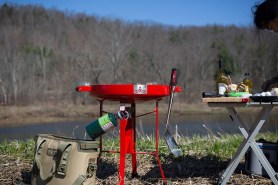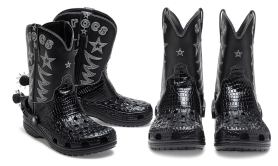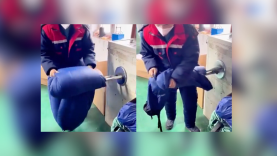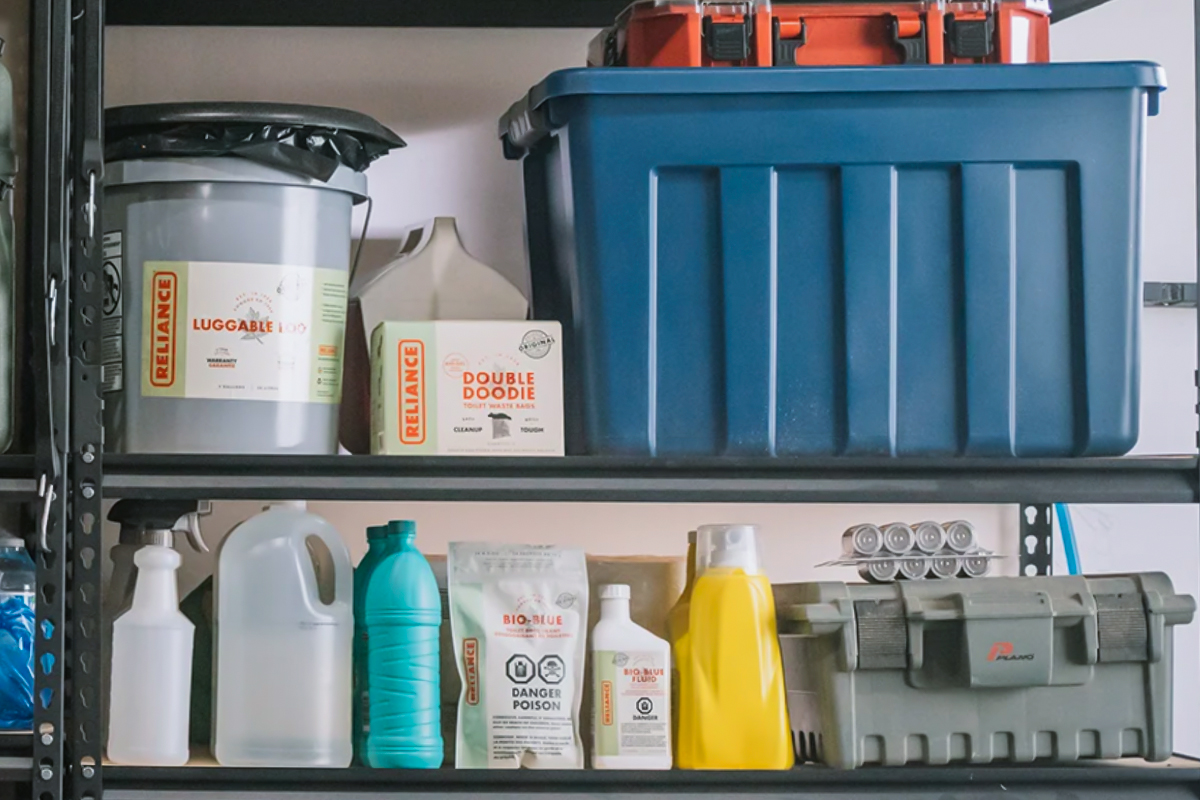

Proudly marching behind a bush with a shovel and a roll of toilet paper may be a rite of passage in the camping world, but it’s not the only way to answer nature’s call.
Videos by Outdoors
Upgrading to a portable toilet can make camping a lot more enjoyable, and using one is easier than you might think. Finding a great portable toilet can feel like a game of high-stakes roulette, but we did our homework to save you time.
Whether you’re looking for a full commode or something a little closer to roughing it, we have a camping toilet for your camping style. Our top pick for a portable camping toilet is the Reliance Portable Toilet, which is a sturdy option for going on the go.
This post contains affiliate links. Outdoors.com may earn a commission when you make a purchase through these links. Thank you for your support.
Our Picks for the Best Portable Toilet for Camping
- Best Overall – Reliance Portable Toilet 3320
- Best Seat – Reliance Luggable Loo Seat
- Best Bare Bones – Reliance Double Doodie Plus Waste Bags
- Best Eco-Friendly – Nature’s Head Composting Toilet
- Best for Privacy – Kelty H2GO Privacy Shelter
Best Overall, Reliance Portable Toilet 3320
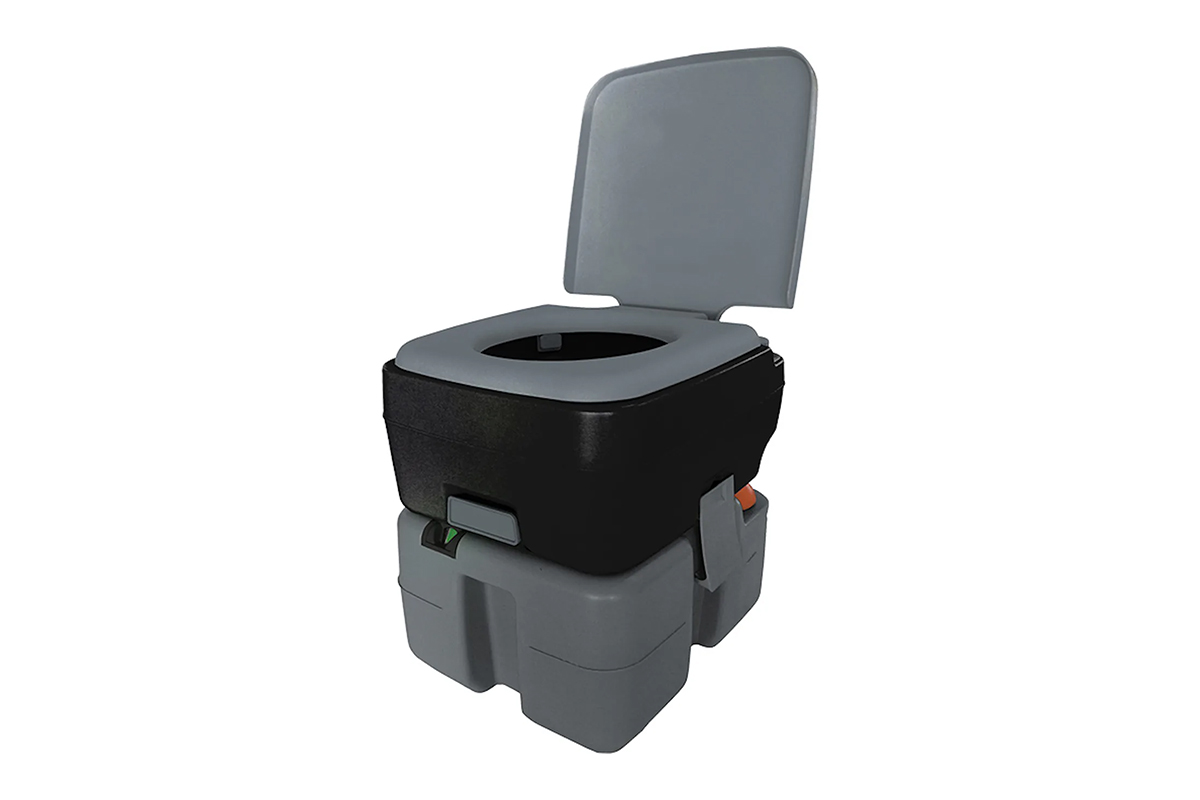
If you have space for a Reliance Portable Toilet, this is a great middle ground between wag bags and a composting toilet. It’s sturdy, sanitary, and small enough to throw in the car for a cross-country national parks tour.
What sets this portable toilet apart is a two-gallon fresh water tank and a manual pump so you can flush it like an actual toilet. Heavy-duty plastic gives it a weight limit of 300 pounds, a seat height of 17 inches, and a five-gallon waste tank. There’s even a waste level indicator so you know when it’s time to empty the tank. When you get home, disconnect the waste tank and open the drain spout.
This isn’t going to be an option for backpackers, but anyone with a little extra room is going to appreciate having a more civilized bathroom experience. This Reliance toilet is cleverly designed, well-built, and a big step up from digging a hole in the woods.
Why we love it: This is a self-contained portable camping toilet so you don’t need wag bags.
Things we’d change: Since this portable toilet is reusable, you’re going to have to clean the waste tank eventually.
Best Seat, Reliance Luggable Loo Seat
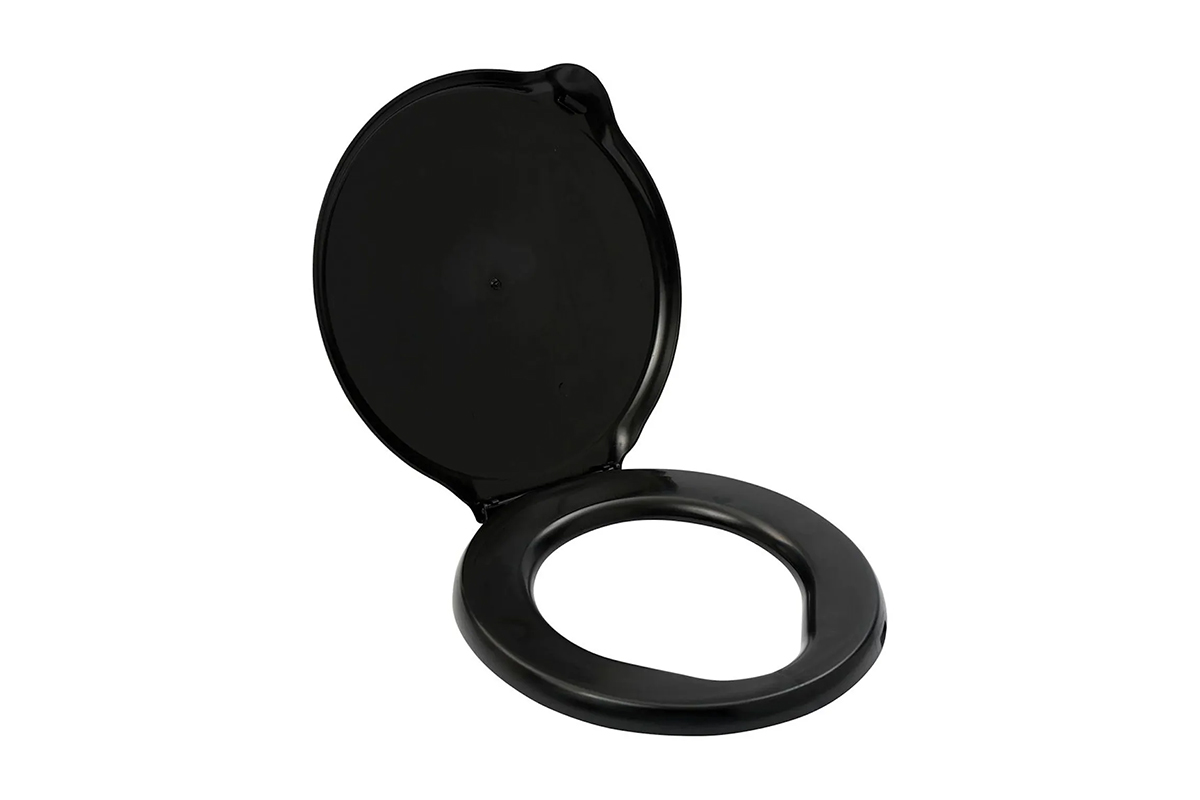
Are you shopping on a budget? Reliance has a great low-cost alternative. The Luggable Loo seat attaches to any standard five-gallon bucket to create a waterless toilet for just a few bucks.
This no-frills option includes a seat, a hinged lid, and nothing else. You’ll need to buy a bucket and waste bags separately, but it still ends up being less expensive than most of the other options out there. Pair this with an affordable five-gallon utility bucket and you’re in business.
We love the a-la-carte convenience of the Luggable Loo seat. Is it the fanciest way to do your business? No, but it gets the job done and leaves more money in your pocket for park passes, Clif bars, and name-brand toilet paper. That’s a win in our book.
Why we love it: This seat is compatible with common five-gallon buckets and Reliance wag bags.
Things we’d change: Bring your own bucket.
Best for Roughing It, Reliance Double Doodie Plus Waste Bags
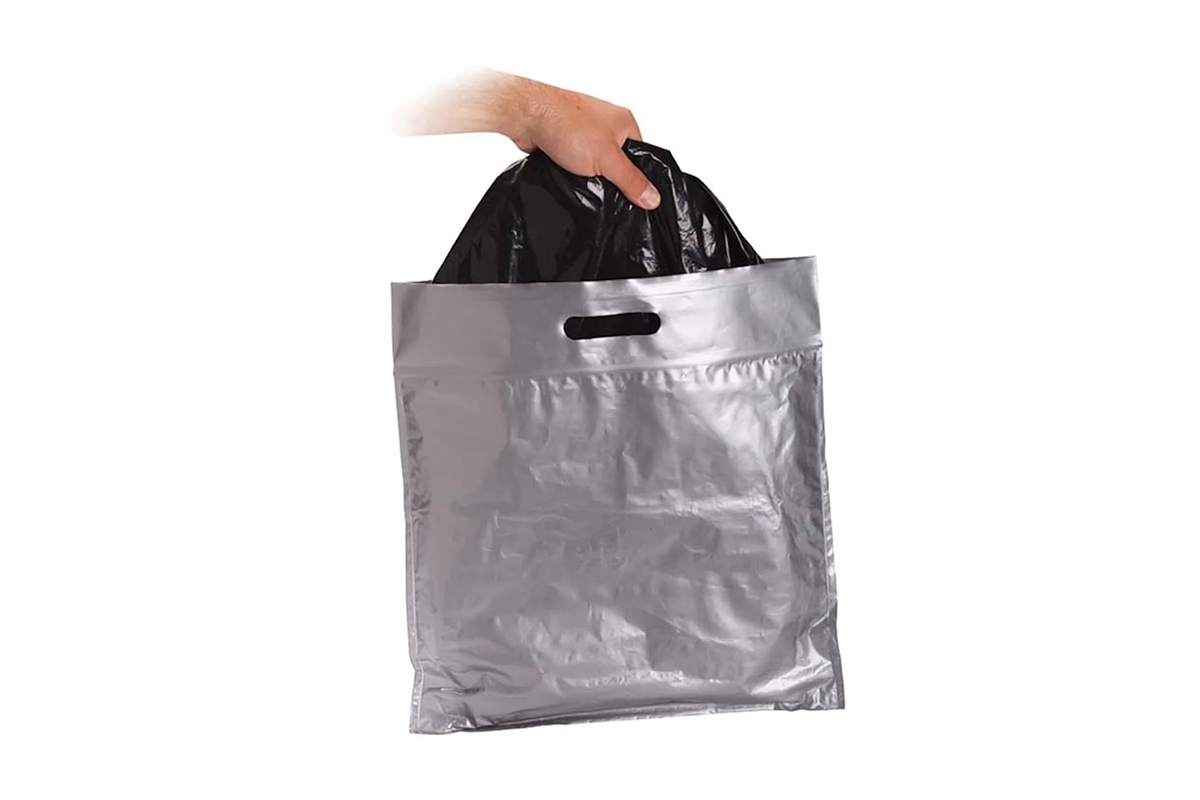
If you don’t shell out for a self-enclosed portable toilet, you’re going to need waste bags. When the stakes are this high, we prefer to trust something extra strong, like these Reliance Double Doodie Plus waste bags.
Double Doodie Plus bags are extra large and extra tough, with two layers and a zipper closure to make sure nothing leaks. Each bag comes prepped with Bio-Gel to solidify waste and take the stress out of storing and transporting it.
These heavy-duty waste bags can handle up to 12 pounds, and they lock in waste and odor. They’re compatible with most portable toilets, including the Reliance Luggable Loo.
Why we love it: Bio-Gel solidifies liquids and eliminates odors.
Things we’d change: Each box only comes with six sets of Double Doodie bags, so plan accordingly.
Best Eco-Friendly, Nature’s Head Composting Toilet
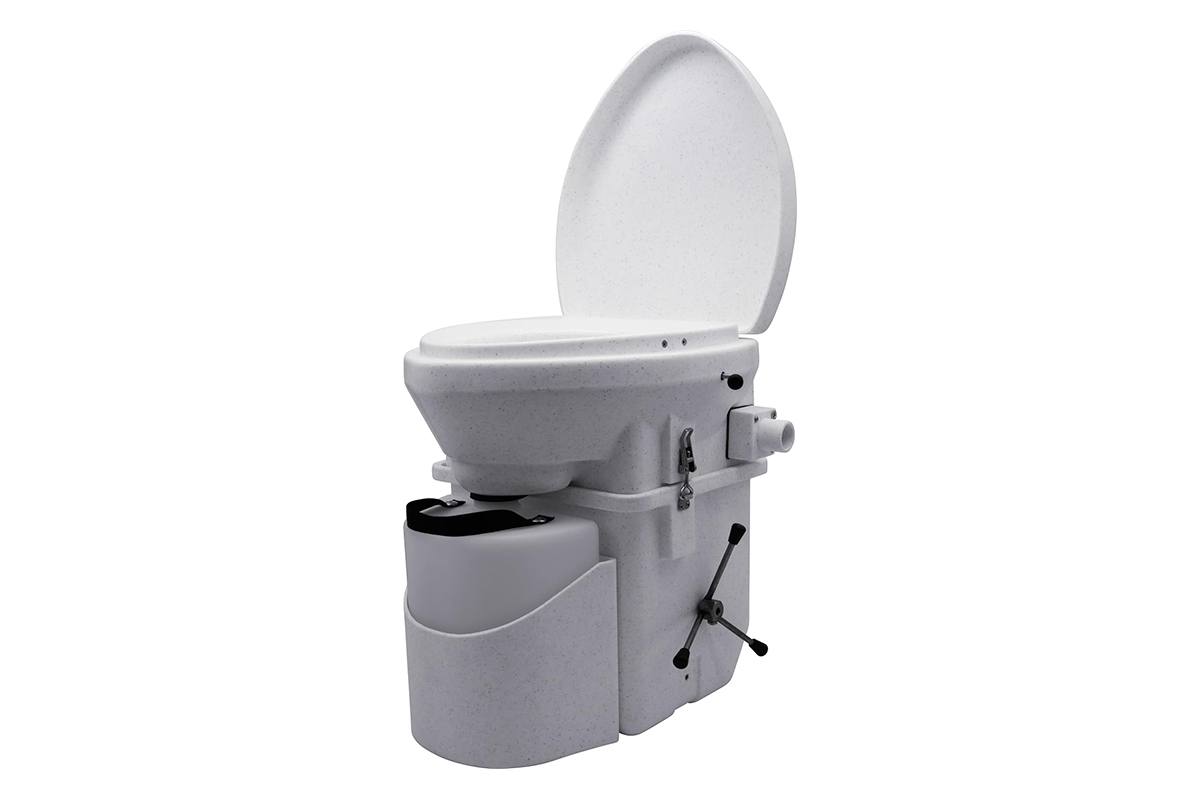
The Nature’s Head Composting Toilet is a big-ticket item, and it’s worth the upcharge for anyone who has room for one in a camping trailer, tiny home, or overlanding van. This is as close to an actual toilet as a portable toilet can get.
Composting is cheap and chemical-free; Nature’s Head claims that $10 worth of peat moss has kept one of these toilets operational and odorless for more than a year. Part of that is owed to the vent hose and a small fan that runs off a 12-volt outlet. When it’s time to empty the waste tank, just remove it and tip the contents into a standard garbage bag. Anything left in the tank will aid in the natural decomposition of future waste, and odors are reduced over time, so there’s no rush.
Customers rave about how well it works and how easy it is to clean. In addition to being a good roommate, Nature’s Head portable camping toilets are extremely well-built. If you spend enough time off-grid, you can actually save money because you don’t need disposable waste bags or chemicals.
Why we love it: This is the closest you can get to a toilet when you’re off the grid.
Things we’d change: Premium products come with premium prices.
Best for Privacy, Kelty H2GO Privacy Shelter
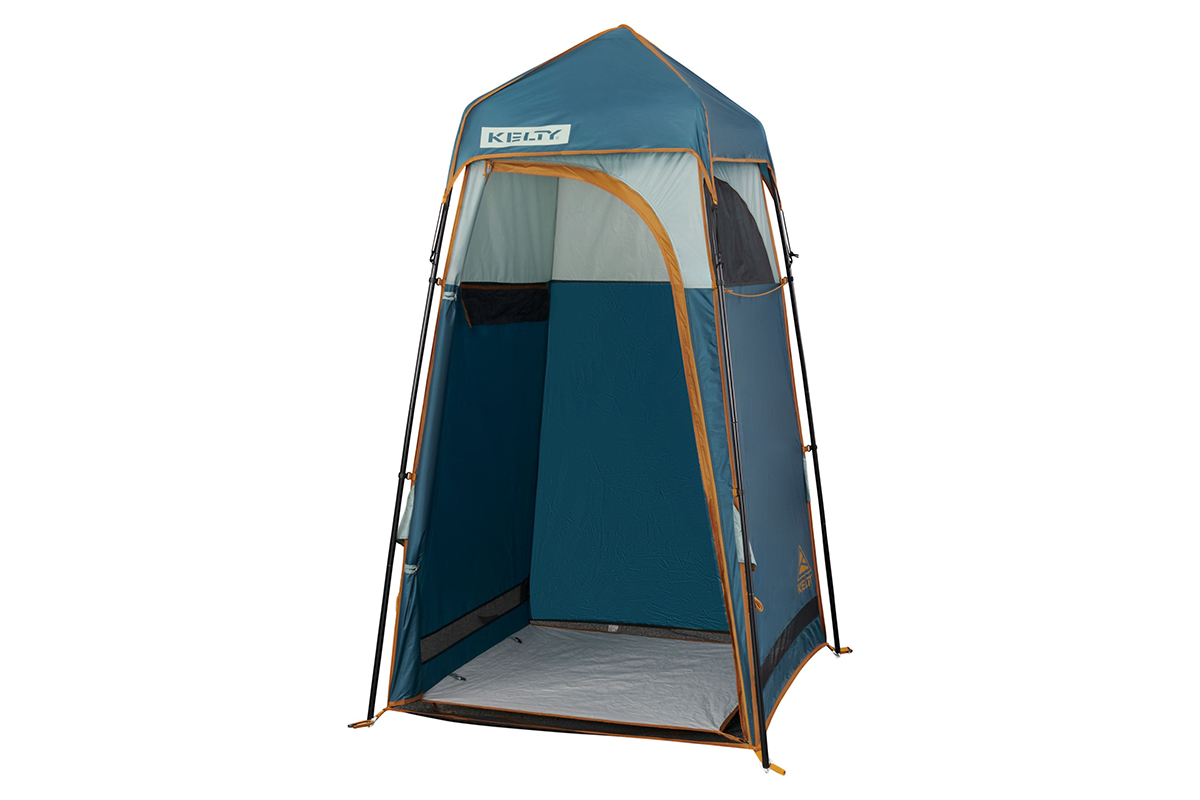
The Kelty H2GO Privacy Shelter isn’t a portable toilet, but it can make using one a lot more comfortable.
This pop-up outhouse is constructed like a modern tent, but it’s tall enough to stand in with room for a bucket toilet or lightweight self-contained camping toilet. For about $130, you can add privacy and make using the toilet facilities a better experience for everyone in your group.
Why we love it: No more searching for the right tree—this is the privacy you want.
Things we’d change: Don’t forget that you’ll need to buy a camp toilet separately.
What to Look for in a Camping Toilet
Portable camping toilets come in several shapes and sizes, so the first decision you need to make is how much gear you can carry. If you’re on a long backpacking trip, your idea of a portable toilet will look very different than it would if you were car camping or towing a camper trailer.
Types of Camping Toilets
At the more Spartan end of the spectrum are wag bags. These range from rebranded dog bags to more robust bags partially filled with material that turns liquid waste into gel and mitigates smells. You can use them with a bucket toilet or (if you’re brave) on their own.
Self-contained toilets use either a wag bag or a built-in container to store human waste, with or without a medium to keep things tidy. These range from five-gallon buckets with a seat to a fairly sophisticated flushing setup.
Composting toilets speed up the decomposition process with chemicals or natural bacteria. These are expensive, heavy, and take up a bit more space than other portable toilets, but they’re popular among people who need an off-grid bathroom for a camper, boat, or tiny home.
Any of these portable toilets can benefit from a little extra privacy. A pop-up privacy shelter is basically a tent-style outhouse with just enough room to use the toilet and stand up while you enter and exit.
Features You Should Look for
Waste Bags or Tanks
Every camping toilet uses some kind of container to collect and store waste until you’re able to dispose of it properly. Other portable toilets use hard plastic tanks that you can drain and clean out when you’re back at home.
Toilet Seat
Unless you’re taking a hard minimalist approach, your camping toilet will come with a seat. Weight and cost will be your main considerations when choosing a comfortable toilet seat.
Waste Management
Many portable toilets use sturdy plastic bags that either tie or zip closed. Some of these bags include additives like gel or cat litter to manage liquids and odors. Composting toilets go a step further by actively breaking down human waste into what looks like an inoffensive pile of soil. They accomplish this with chemicals, natural bacteria, forced air circulation, or some combination of the three.
Brands We Trust
Picking the right portable toilet might not be a life-or-death matter, but it’s certainly worth buying a quality item. We’re big fans of Reliance, a company that sells everything you need—waste bags, toilet seats, bucket toilets, and self-contained portable toilets. If you have room in the budget for a composting toilet, Nature’s Head has earned a strong reputation. These are an expensive, but worthwhile, upgrade if you have space for one in your camper, cabin, or boat.
Portable Camping Toilet Q&A
Are portable toilets safe?
Portable camping toilets are as safe as a normal bathroom or nature’s outhouse. Likewise, you’ll obviously need to practice good hygiene and take care to transport and dispose of your waste properly.
Where do I dispose of portable toilet waste?
The principle of pack it in, pack it out applies to portable toilets, too. If you’re enjoying public land, like the areas controlled by the Bureau of Land Management, you’ll need to take your waste with you and dispose of it with your trash at home. If you’re using some kind of absorbent, odor-mitigating medium, transporting your waste should be tidy and painless.
Can’t I just bury my waste?
In many places where we camp, burying solid human waste is fine. The U.S. Forest Service recommends digging a “cathole” six to eight inches deep where you can go to the bathroom and bury your waste. This needs to happen at least 200 feet from any water source, campsite, or parking area. Natural toilet paper can go into the hole, too, but you’re responsible for packing out anything else you use so using an appropriately robust wag bag is still a good idea.
There are some sensitive ecosystems where you will need to pack out solid waste. Depending on environmental conditions, what you leave behind may stay there for years or cause real problems for the local plants and wildlife. It’s a good idea to check with a local park service or outfitter to make sure you know what’s allowed and what’s not before you make an unintended faux pas.
Won’t my portable toilet smell bad?
If you’re using a waste bag, it will seal any odors inside. Portable toilets with waste tanks can be surprisingly inoffensive. Gels, moss, sawdust, and granular media work like cat little to manage odors and speed up the natural breakdown of waste. In some cases, your guests might not even realize they’re using a portable or composting toilet.
How do composting toilets work?
Composting toilets use natural decomposition to break down waste into an inoffensive material similar to used coffee grounds. Unlike a pit toilet like the ones we use in parks, portable toilets use active decomposition that gets help from extra material that absorbs odors, breaks down solids, and adds carbon. Some active systems might also use bacteria or electric fans to speed up the process.



